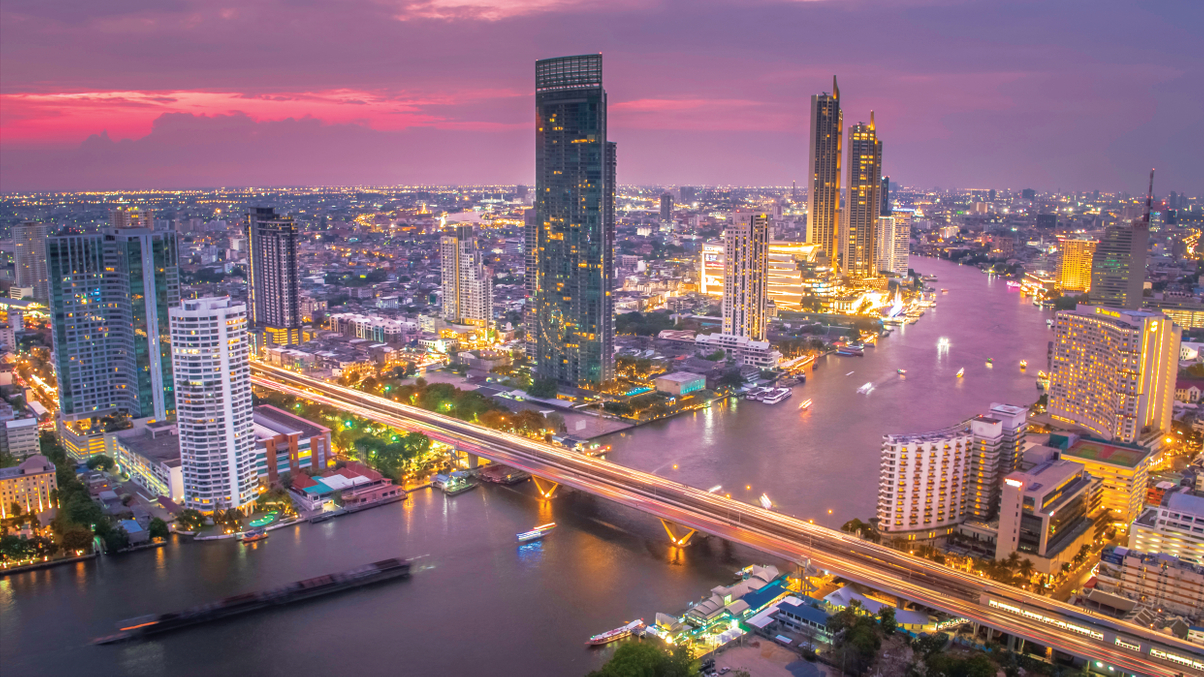GPF seeks overseas pension partners for alts
Thailand's leading state pension fund is seeking to boost returns through more diverse investing and partners, as it prepares for an upsurge in retirees.

Thailand's Government Pension Fund (GPF) is focused on one particular goal: its need to best meet the needs of its fast-aging population. As part of that key focus, the civil servant pension fund is likely to lead to more foreign partnerships.
Sign In to Your Account
Access Exclusive AsianInvestor Content!
Please sign in to your subscription to unlock full access to our premium AI resources.
Free Registration & 7-Day Trial
Register now to enjoy a 7-day free trial—no registration fees required. Click the link to get started.
Note: This free trial is a one-time offer.
¬ Haymarket Media Limited. All rights reserved.


